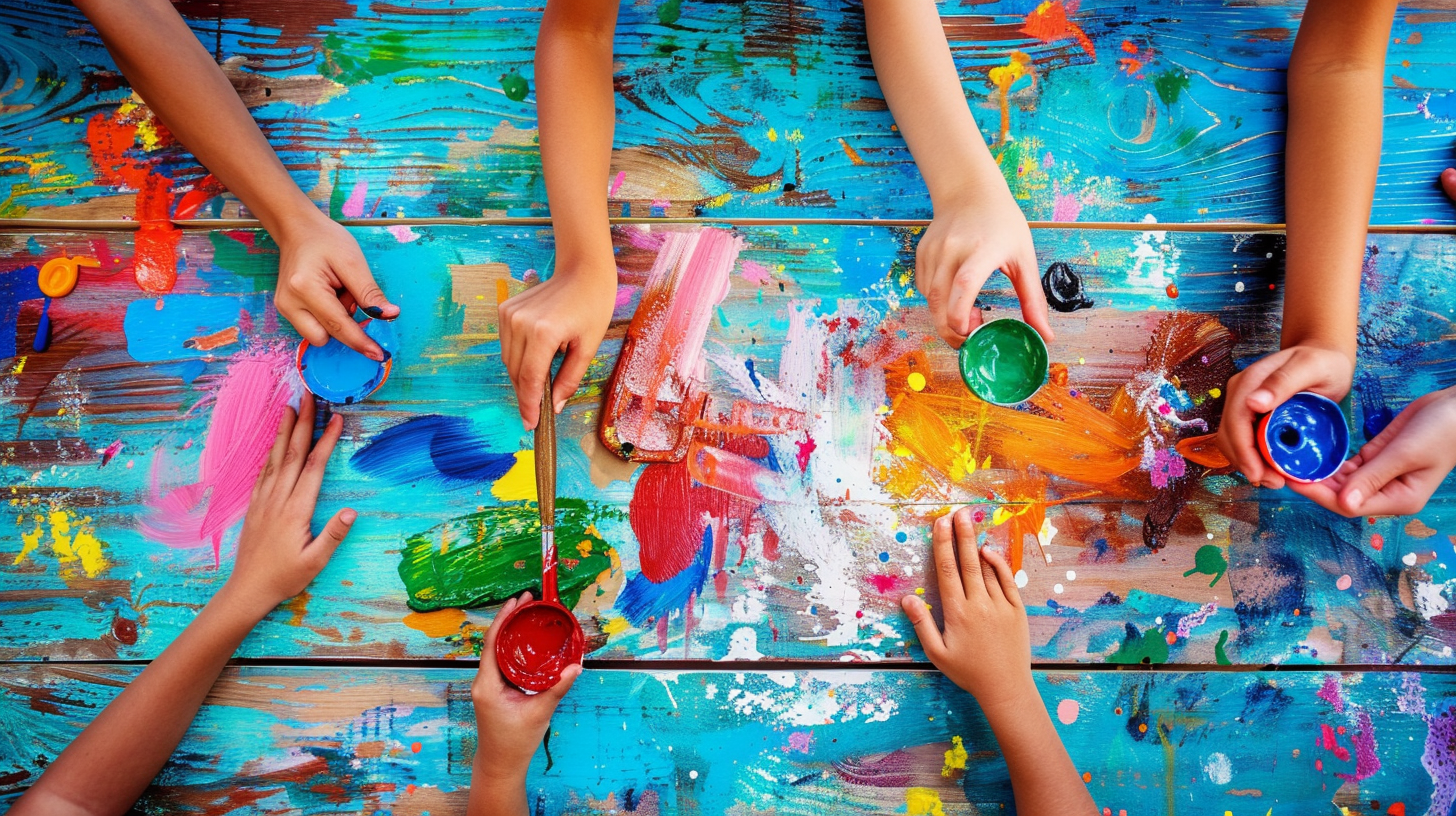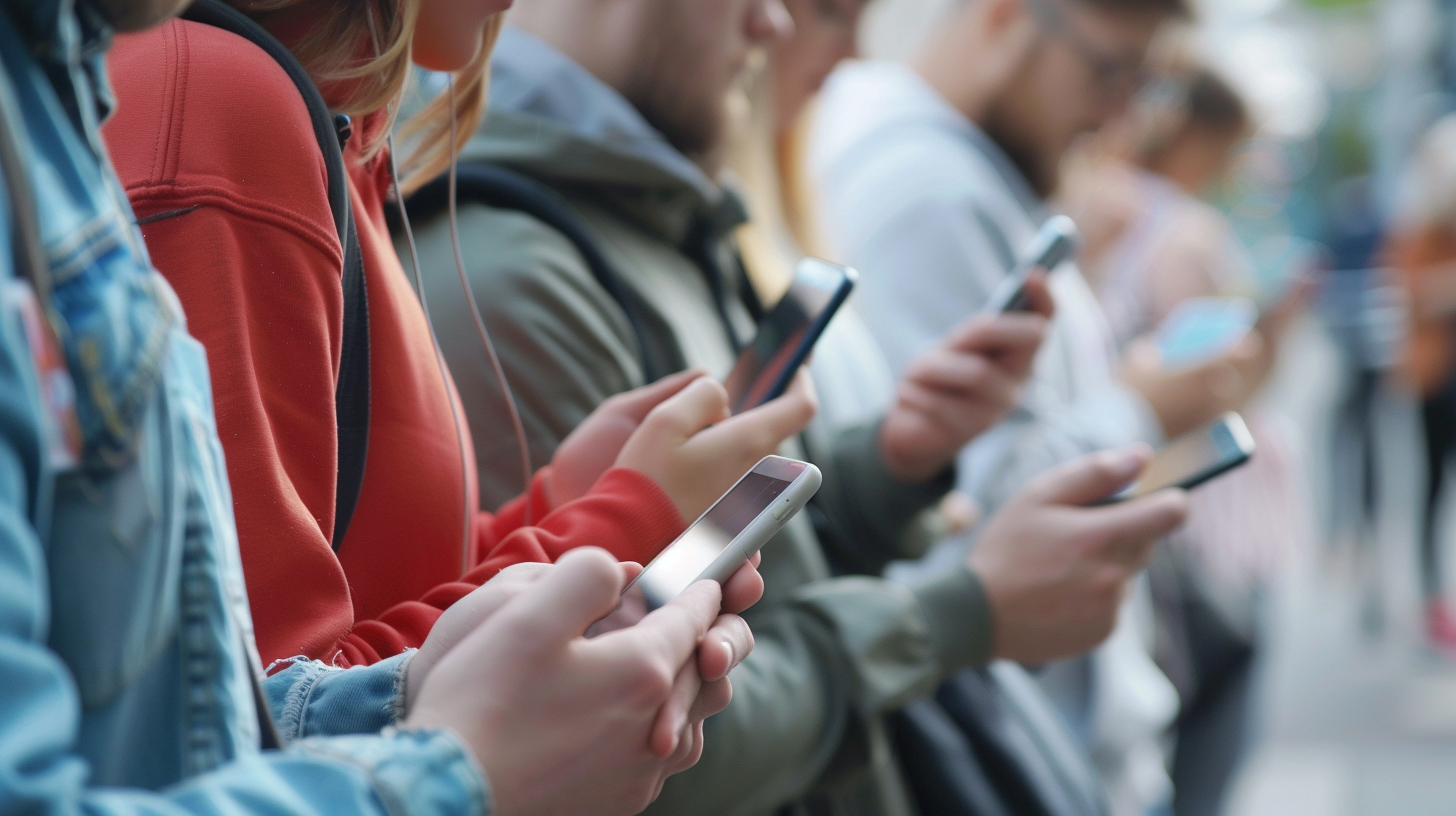Table of Contents Show
We’ve observed, we’ve analyzed, and we’ve come to understand that play isn’t just an activity; it’s a crucial component in the educational journey of children. By integrating play into our curriculum, we’re not merely entertaining our students; we’re opening doors to enhanced cognitive development and fostering an environment where creativity flourishes. But how exactly does play contribute to learning, and what types of play have the most significant impact? Let’s explore these questions further, uncovering the mechanisms through which play can transform traditional education and prepare our children for a world that values innovation and adaptive thinking.
Key Takeaways
- Play promotes creativity, engagement, and enjoyment in the learning process.
- Educational play types like role-playing and puzzles boost problem-solving and critical thinking skills.
- Playful technology, such as VR and educational apps, enhances interactive learning experiences.
- Incorporating play in education encourages autonomy, emotional intelligence, and collaborative skills in students.
Understanding Play in Education
While often underestimated, incorporating play into educational settings can greatly enhance learning by fostering creativity and engagement. We’ve come to realize that traditional methods, though effective to a degree, don’t always cater to the diverse needs of our learners. Embracing play in education isn’t about tossing aside structure; it’s about integrating freedom and joy into the learning process. This approach allows students to explore concepts in a manner that feels liberating rather than confining.
We’re not just talking about younger kids here. The benefits of play extend to learners of all ages. It’s about breaking the mold and challenging the notion that education has to be rigid to be effective. By weaving play into the curriculum, we’re providing an avenue for students to express themselves, explore their interests, and, most importantly, enjoy the journey of learning.
This doesn’t mean that every classroom needs to turn into a playground. Rather, it’s about creating opportunities within the educational framework that invite curiosity and experimentation. Whether it’s through role-playing exercises, gamified learning scenarios, or creative projects, the essence is to make learning feel less like a chore and more like an adventure.
We’ve seen firsthand how this approach can transform the atmosphere of a classroom. Students are more willing to take risks, engage with the material, and collaborate with their peers. It’s a win-win situation where the freedom to play ignites a passion for learning, setting the stage for a more fulfilling educational experience for everyone involved.
Cognitive Benefits of Play
Exploring the domain of play in education reveals significant cognitive benefits, including enhanced problem-solving skills and improved memory retention. We’ve seen firsthand how integrating playful activities into the curriculum not only makes learning more engaging but also boosts the brain’s ability to process complex information. It’s about giving students the freedom to explore, experiment, and express themselves in a way that traditional methods often restrict.
Through play, kids develop a sense of curiosity and creativity that fuels their desire to learn. They’re not just memorizing facts; they’re understanding concepts on a deeper level. This approach encourages them to think outside the box and come up with innovative solutions to problems.
- Enhances Problem-Solving Skills: Engaging in play allows students to approach problems from different angles, fostering flexible thinking.
- Improves Memory Retention: Playful learning experiences are memorable, helping students retain information more effectively.
- Boosts Creativity and Innovation: Play encourages imaginative thinking, leading to creative problem-solving.
- Promotes Independence: Through play, students learn to work independently, enhancing their self-learning capabilities.
- Encourages Curiosity: Playful experiences spark curiosity, driving students to explore and learn on their own terms.
We believe that incorporating play into education is not just an option; it’s a necessity for fostering a love of learning and preparing students for a world that values creativity and innovation. Let’s give our kids the freedom to explore their intellectual landscapes through play, unleashing their potential in ways we can only begin to imagine.
Play and Emotional Development
Beyond enhancing cognitive skills, play also plays a pivotal role in a child’s emotional development. Through the freedom of play, kids learn to navigate their feelings, understand empathy, and develop resilience against challenges they face. It’s through the spontaneous moments of play that children experience joy, frustration, and a whole spectrum of emotions, learning to express and manage them in a safe environment.
We’ve observed that when children engage in play, they’re not just passing time; they’re actively exploring their emotional boundaries. This exploration is critical for their emotional intelligence, helping them to recognize and respect not only their own feelings but those of others around them. Play offers a unique opportunity for children to experiment with different roles, scenarios, and outcomes, which in turn fosters a deeper understanding of themselves and the world.
Additionally, play isn’t just about individual growth; it’s a communal activity that teaches children the importance of sharing, negotiation, and cooperation. These social-emotional skills are invaluable, laying the foundation for healthy relationships throughout their lives. We’ve seen firsthand how play can transform a child’s ability to empathize with others, a skill that’s essential in today’s interconnected world.
Types of Educational Play
In exploring the domain of educational play, we encounter three pivotal types: Structured Play Learning, Unstructured Creative Exploration, and Playful Technology Integration. Each category plays a unique role in fostering learning and creativity among students. We’ll examine how these forms of play can be effectively integrated into educational settings to enhance both engagement and learning outcomes.
Structured Play Learning
Structured play learning, a cornerstone in educational play, actively engages students in tasks designed to teach specific skills or concepts. This approach offers a balanced framework where freedom and learning coexist, empowering kids to explore within boundaries. It’s about giving them the tools and guidance they need while allowing their creativity to flourish.
- Role-playing games: Encourages problem-solving and empathy.
- Puzzle-based activities: Enhances critical thinking and persistence.
- Building blocks: Fosters engineering and spatial awareness.
- Board games with educational themes: Strengthens strategic thinking and teamwork.
- Crafts and model making: Develops fine motor skills and artistic expression.
We’re committed to blending the joy of play with the seriousness of education, ensuring kids don’t just learn, but thrive.
Unstructured Creative Exploration
Revealing a world where the script is unwritten, we embrace unstructured creative exploration as a pivotal element of educational play. In this domain, we’re not tied to instructions or specific outcomes. It’s about diving into the process, allowing kids the freedom to follow their curiosity and invent without boundaries. This approach fosters autonomy, encouraging them to take risks and learn from the natural consequences of their choices. We witness remarkable growth in problem-solving skills and creativity as they navigate through their self-directed journeys. By stepping back, we empower them to step up, transforming their learning environment into a playground of possibilities. It’s in these moments of free play that true learning flourishes, unfettered by the constraints of structured expectations.
Playful Technology Integration
We’re venturing into the digital age by integrating playful technology into educational play, a move that transforms traditional learning landscapes. This shift isn’t just about keeping up with tech trends; it’s about unleashing a world where learning feels like freedom. By embracing technology, we’re embracing a future where education is not just informative but also immensely engaging and fun.
- Virtual Reality (VR) Experiences: Immerse students in historical events or scientific wonders.
- Educational Apps: Interactive and personalized learning journeys.
- Augmented Reality (AR) Games: Blend physical and digital worlds for enhanced learning.
- Coding Toys: Teach problem-solving through playful programming challenges.
- Interactive Whiteboards: Encourage collaborative learning and creativity.
Each of these tools offers a unique pathway to ignite curiosity and foster a love for learning that feels boundless and free.
Implementing Playful Learning
Introducing playful learning into educational settings can greatly enhance students’ engagement and creativity. We’ve seen how traditional methods often restrict students’ natural curiosity and freedom. By weaving play into the fabric of education, we’re not just teaching; we’re inspiring a love for learning.
To implement playful learning, we start by reimagining our classrooms. It’s not about chaotic free-for-all sessions but creating environments where freedom and structure coexist. We incorporate games, creative projects, and hands-on activities that align with educational goals. This approach requires flexibility in lesson planning and a willingness to adapt based on students’ interests and responses.
We also empower students by giving them choices. When they have a say in their learning process, their engagement skyrockets. It’s about striking a balance between guiding them and allowing them the freedom to explore. This fosters a sense of ownership over their learning, driving deeper understanding and retention.
Collaboration is key. We encourage group activities that promote social skills, teamwork, and problem-solving. Through play, students learn to communicate, negotiate, and see things from different perspectives. These are invaluable life skills that extend far beyond the classroom.
Lastly, we assess progress in innovative ways. Traditional tests aren’t the only measure of success. We look at creativity, problem-solving skills, and teamwork. This holistic approach to assessment celebrates all forms of learning and achievement.
Case Studies: Play in Action
To illustrate the impact of playful learning, let’s explore several case studies that showcase its effectiveness in various educational settings. These examples don’t just show us what’s achievable; they demonstrate how creativity and freedom in learning can transform education.
-
In a rural elementary school, teachers introduced a curriculum based around outdoor play. Students engaged in nature-based activities, leading to a noticeable increase in their scientific curiosity and understanding. They weren’t just discovering about the environment; they were experiencing it.
-
At a city-based middle school, a history teacher used role-playing games to teach historical events. Pupils took on the roles of historical figures, debating and making decisions that altered the course of their classroom history. This approach made the past alive and personal, enhancing students’ engagement and retention.
-
A high school implemented a program where students designed their own video games as a part of their computer science curriculum. This hands-on, playful approach resulted in a significant boost in students’ coding skills and a deeper understanding of software development processes.
-
An international school introduced a ‘Genius Hour’ where students could explore any project of their choosing for one hour each week. This freedom led to innovative projects, from building robots to writing novels, fostering a love for learning and creativity.
-
A community college used escape rooms as a method of teaching math. Students solved puzzles that required mathematical reasoning, turning what many saw as a dry subject into an exciting and engaging challenge.
Through these case studies, we’ve seen that when we embrace play in education, we’re not just adding fun. We’re releasing potential, fostering creativity, and preparing students for a world that values innovation and freedom.
Conclusion
As we’ve journeyed through the vibrant landscape of play in education, it’s clear that weaving play into the fabric of learning isn’t just an added thread—it’s the very warp and weft that holds it all together. Play ignites the flames of creativity, fans the embers of emotional growth, and lights the path toward cognitive development. By embracing play, we’re not just teaching facts; we’re crafting curious, resilient thinkers. Let’s make education not just a climb up a ladder, but a playful dance towards understanding.








